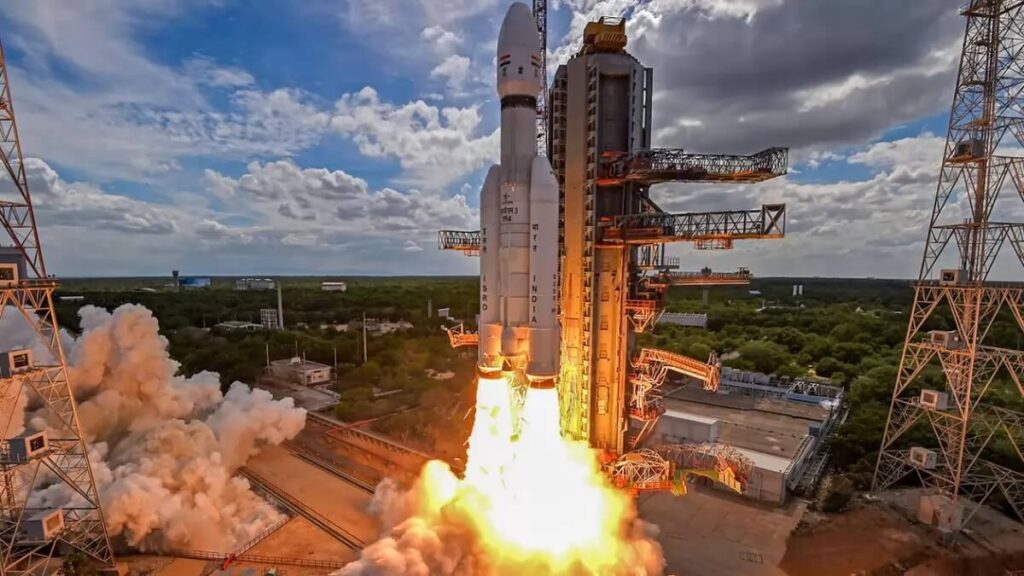- India successfully launched Chandrayaan-3 with LVM3-M4 rocket from Satish Dhawan Space Center in Sriharikota.
- With the success of ISRO’s Chandrayaan-3 mission, India will be the fourth country after Russia (Soviet Union), America and China to have soft-landed on the Moon.
- ISRO launched Chandrayaan-1 in 2008. Chandrayaan-2 was launched in 2019. Chandrayaan-3 was launched from Sriharikota on 14 July 2023.
- P Veeramuthuvel is the project director of the Chandrayaan-3 spacecraft and its mission of soft landing on the Moon. He was also involved in the Chandrayaan 2 mission in 2019.
Propulsion Module, Lander and Rover of Chandrayaan-3
- In Chandrayaan-2 where there were Orbiter, Lander and Rover. Whereas, Chandrayaan-3 has a propulsion module, lander and rover.
- The Lander + Rover of Chandrayaan-3 weighs about 250 kg more than the Lander + Rover of Chandrayaan-2.
How long will the missions last
- While Chandrayaan-2 had a mission life of 7 years (estimated), Chandrayaan-3’s propulsion module is designed to work for 3 to 6 months.
- Chandrayaan-3 will move towards the moon more quickly than Chandrayaan-2.
- 4 thrusters have been installed in the lander of Chandrayaan-3. After a journey of about 40 days, Chandrayaan-3 will reach the surface of the moon. Chandrayaan-2 took 42 days to reach the moon.
Mission Cost
- The cost of launching this mission is Rs 615 crore. While it has cost Rs 500 crore to launch it.
Mission Objective
- The Chandrayaan-3 mission aims to gather more information about the lunar surface. For this, four types of scientific instruments have been installed on the lander.
Which mainly
- Earthquakes on the moon
- Surface thermal properties,
- Variation in plasma near the surface,
- Attempt to measure the exact distance between the Moon and the Earth,
- Will study the chemical and mineralogical composition of the lunar surface.

